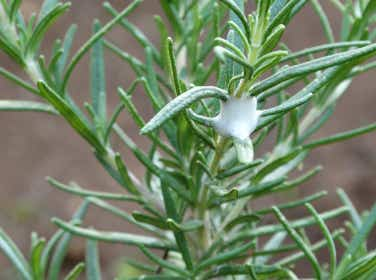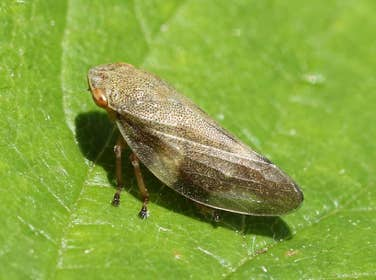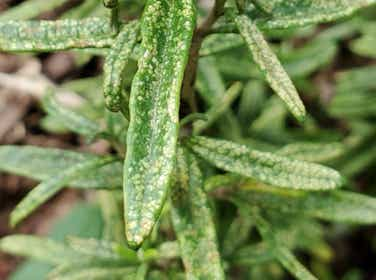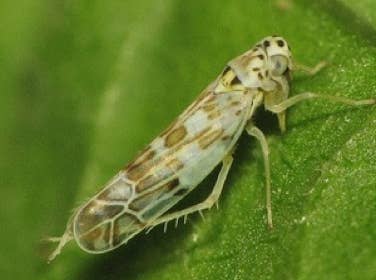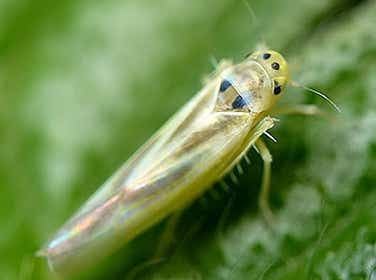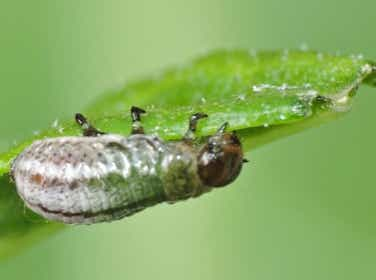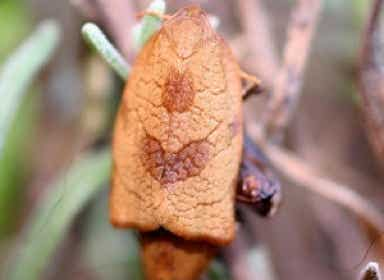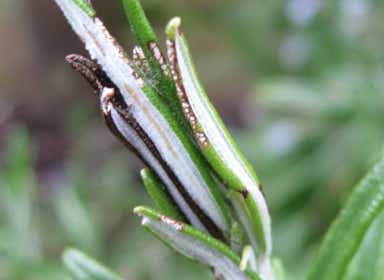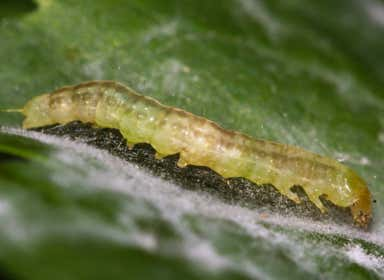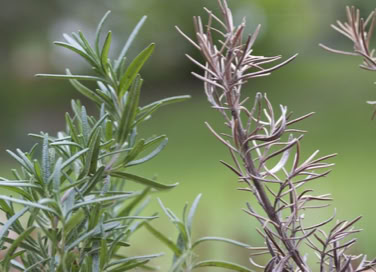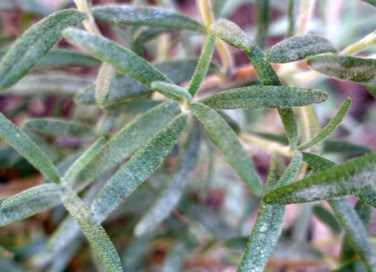Rosemary Pests
Rosemary is relatively pest and disease free, which makes it an easy plant to grow. However, sometimes problems do occur and the common pests and how to deal with them are detailed below.
Spittlebugs, Froghoppers, Cuckoo Spit
Philaenus spumarius
Description
Frothy white foam around the stem or leaves of the plant. This foam is produced by the larva of a froghoppers to protect it from predators.
Until recently this was not considered a serious pest. However, these insects are the main vector of Xylella fastidiosa, the number one plant pathogen in the world. Fortunately, Xylella is still absent from the UK.
Plant First Aid
Simply wash off the foam and bug with a strong jet of water.
Control
There is no effective control
Glasshouse and Sage Leafhoppers
Hauptidia moroccana and Eupteryx melissae
Description
Leafhoppers are small (2-3mm long) torpedo-shaped, sap-sucking insects. The adults and larvae feed on the underside of the leaves and cause small spots that go right through the leaf. They affect a large number of plants besides rosemary.
In protected environments it can be a serious pest. As well as disfiguring leaves, leafhoppers can transmit plant viruses.
This pest is rarely a serious problem with rosemaries grown outdoors.
Plant First Aid
Move the plant outdoors - this allows natural predators a chance to attack the leafhoppers. Do not place the infected plant near any other members of the mint family (e.g., basil, lavender, mint or sage) to avoid cross-infection.
If you cannot move the plant then suspend a yellow sticky trap above the plant and brush the foliage with your hand. The disturbed leafhoppers should land on the traps. Some people report that using a vacuum on low-power suction works, too!
Repeat regularly to trap subsequent generations.
Control
There is no effective biological control for leafhopper in rosemary.
As organic growers we never use, or recommend the use of, systemic insecticidal sprays - especially on a plant you might eat!
Sometimes it is necessary to resort to some form of spraying, in which case:
- is it worth it? Sometimes a new plant can cost less than a spray!
- use a pyrethrum-based spray. We find rosemary scorches when soft-soap (fatty-acid) sprays (for example, Savona or Bayer Organic Pest Control) are used. Also, the urea-based SB Plant Invigorator may cause blackening of the growing tips.
- it is a common misconception that washing-up liquid is effective against plant pests.
